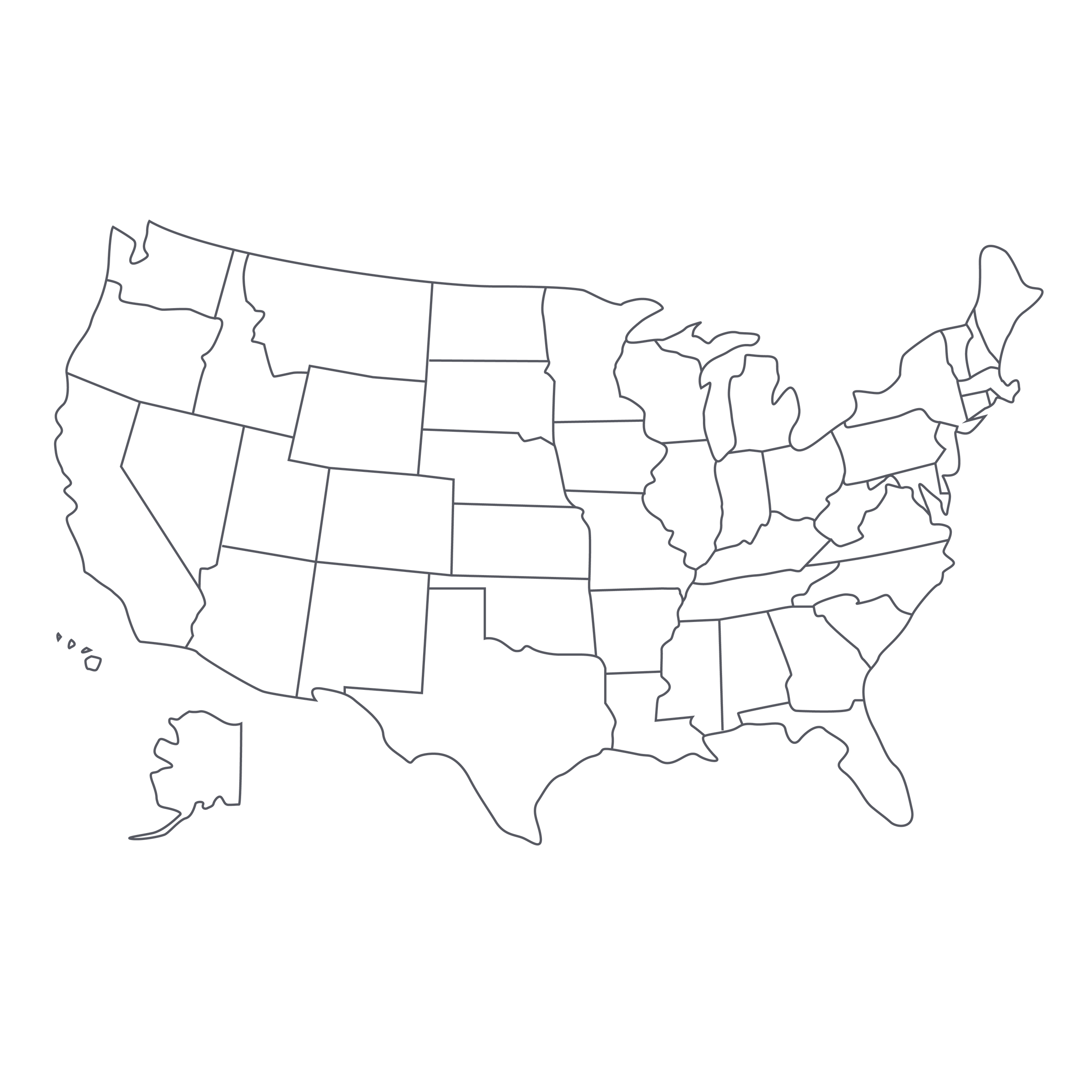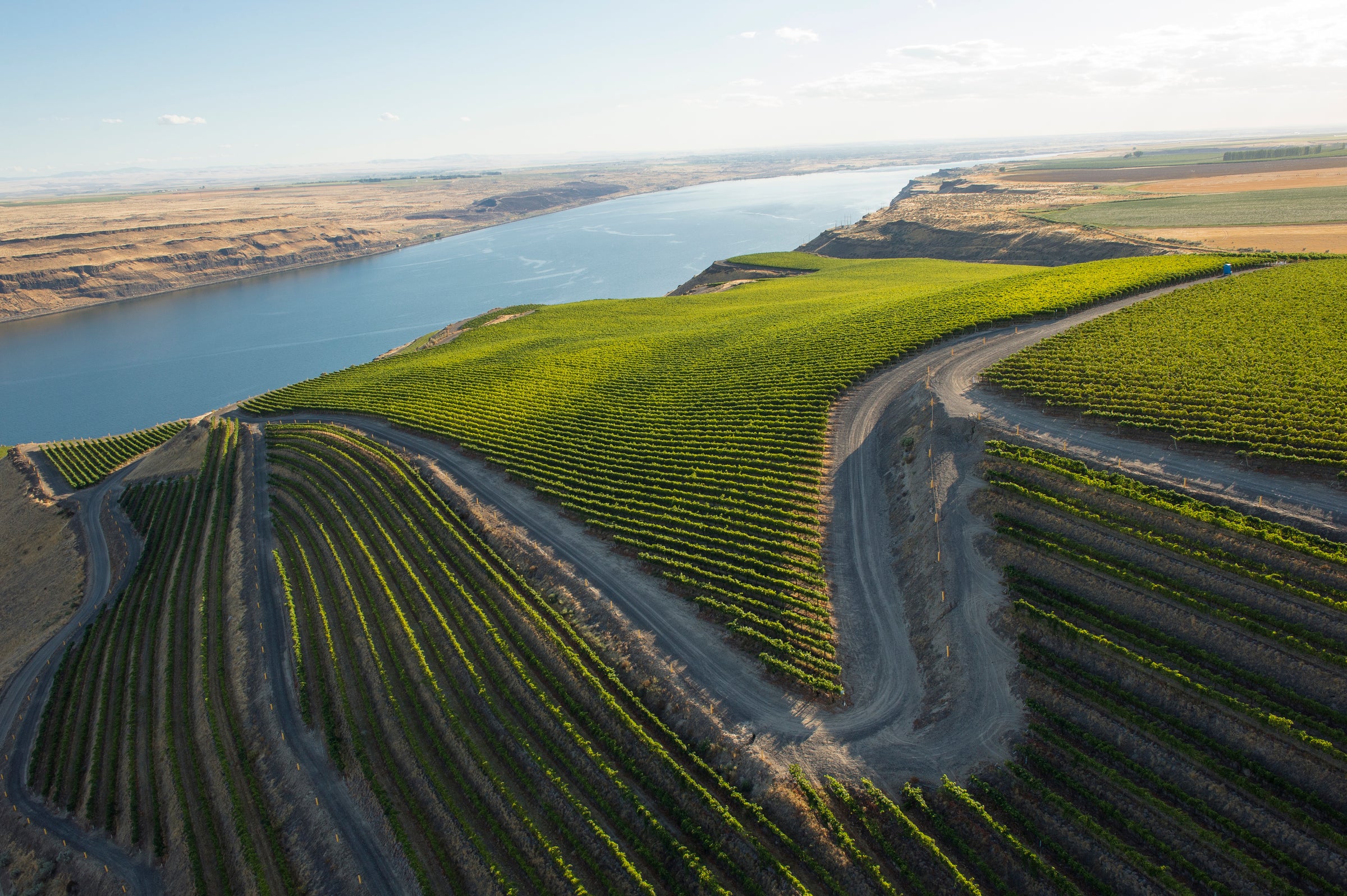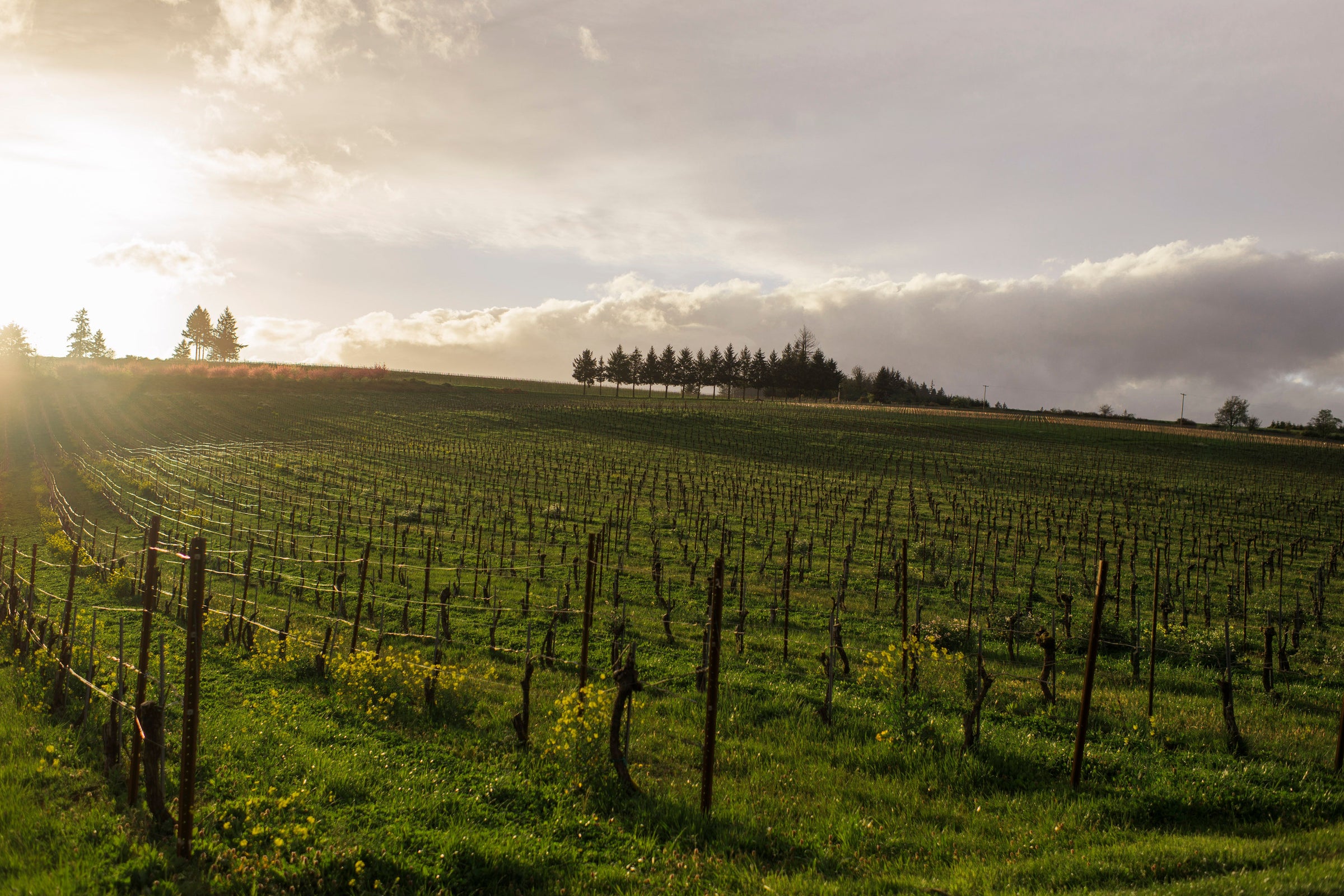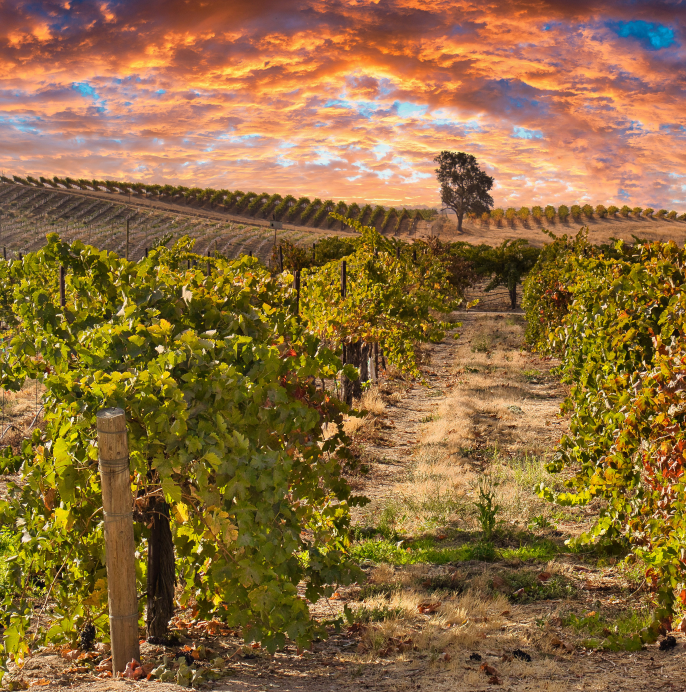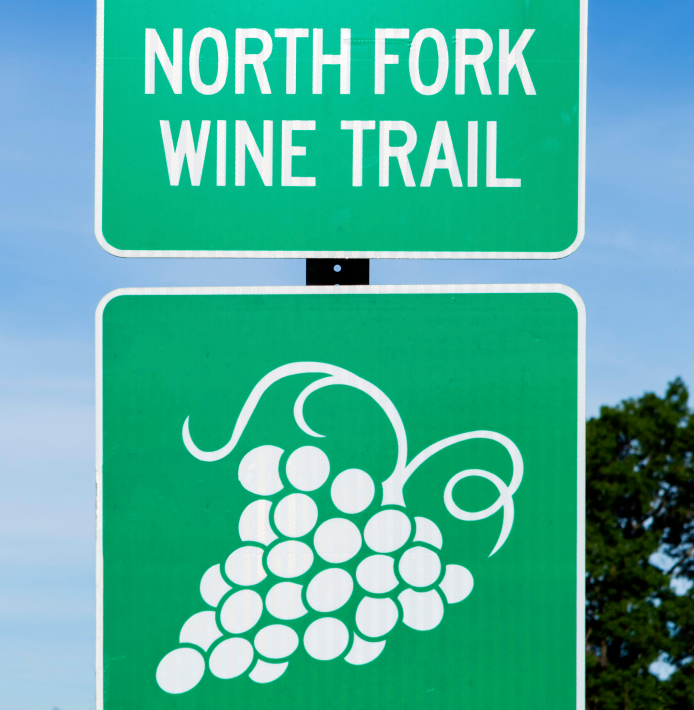Cabernet Franc is the “parent” variety of both Cabernet Sauvignon and Merlot, and yet it is mostly used as a background player for its more-famous progeny. But every so often, Franc steps to the fore and reminds the kids that she’s still got it—and then some. Today’s wine from Pride Mountain Vineyards did just that at a recent SommSelect tasting; it was the best red on the table by a very wide margin, and I dare say it would stand toe-to-toe with the very best Franc-dominated wines of Bordeaux’s Right Bank.
This, I should also note, is no accident: Pride’s Cabernet Franc is mostly reserved for the estate’s mailing-list customers, with a maximum of 100 cases or so allocated to the trade nationally—most of which wind up in restaurants. In a normal year, this wine would never see the light of day at SommSelect, but we all know this isn’t a normal year, and this exquisite expression of Cabernet Franc is no normal Napa “cult” wine. To my mind, this is a true benchmark, and an underpriced one at that, displaying a level of elegance and cellar-worthy structure that is missing from a lot of showier Napa reds. I’d expect nothing less from Pride, so I’m beyond thrilled to have a few bottles of this 2018 to share with our subscribers. Take up to six today and consider yourself fortunate: This is a master class in one of the world’s most beguiling and under-appreciated varieties.
It starts, as most great wine does, in the vineyards—which in this case are some of the most magnificent in the Napa Valley. Jim and Carolyn Pride purchased what would become Pride Mountain Vineyards in 1989; previously, the property was known as the Summit Ranch, situated at a crest in the Mayacamas range not far from other high-elevation icons like Smith-Madrone and Spring Mountain Vineyard. Wines had been made at Summit Ranch as far back as the 1890s, but Prohibition turned the place into one of Napa’s many “ghost wineries,” the ruins of which are still found on the property today. Climbing up to about 2,000 feet above the valley floor and covering some 85 acres of undulating vineyards, the Pride Mountain estate is the kind of special, secluded place that, once you’ve seen it, turns you into a lifetime customer.
Because the vineyards straddle the Napa/Sonoma County line, the wines are typically annotated with the percentages of grapes obtained from each side—for this 2018, which combines 85% Cabernet Franc with 15% Cabernet Sauvignon is 55% from its Napa side and 45% from Sonoma. As with the estate’s flagship Cabernet Sauvignon, however, what it is most of all is 100% “mountain.” With vineyards that reach to 2,000 feet elevation, in soils rich in volcanic material, you don’t merely get powerful wines—you get the product of a more even climate and a longer growing season, which means you get complexity and nerve along with that power. And when Cabernet Franc is on center stage, you get all the wonderful savory notes—the herbs, the pepper, the cedar—that make the variety so unique.
Aged for 18 months in 40% new oak and displaying a deep ruby-black color in the glass, this is not the Loire Valley style of Cabernet Franc we’ve been hyping up lately; no, this is ‘Bordelais’ all the way, poised to take on the Cheval-Blancs of the world and acquit itself well. With some time open the wine blossoms aromatically to reveal a tangle of black and red currants, muddled blackberry, cranberry, pencil lead, bay leaf, violets, tobacco, warm baking spices, and licorice. The tannins are incredibly elegant and well-integrated for a young wine, with a wave of freshness providing energy and lift. It’s a taut, muscular red, full-bodied but focused, that has a good 10+ years of graceful evolution ahead of it, but do everyone a favor and pull a cork on one soon: This wine and a ribeye steak with an extra-hard sear are a match made in heaven. Break out your big Bordeaux stems, pour at around 60-65 degrees, and enjoy the ride. This really is not to be missed!


